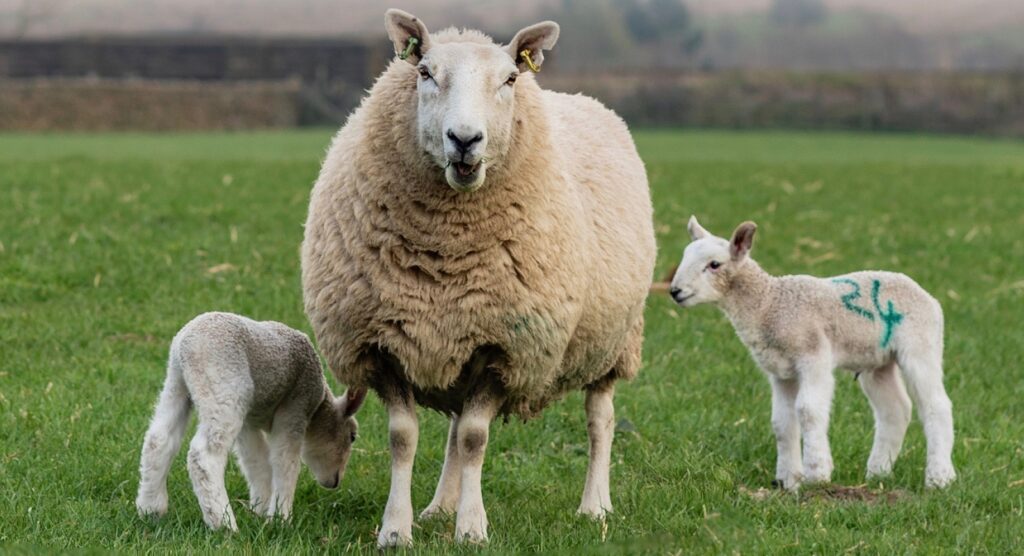Farmers urged to test for Enzootic Abortion of Ewes
29th March 2021
With the majority of sheep farmers embarking on lambing from early spring, vets are urging farmers to test for Enzootic Abortion of Ewes (EAE) if they experience abortions in their flock.

EAE is the most commonly diagnosed cause of abortion in UK sheep, costing the UK sheep industry up to £20 million annually, according to research.
The most recent APHA/SRUC Small Animal Ruminant Quarterly Report for disease surveillance and emerging threats during Q1 2020 revealed that 42 per cent of all diagnosed abortion cases during this period were attributed to EAE (177 out of 420 cases).
One of the issues that could contribute to these levels of disease is the ability of the bacteria to lay latent in ewes until the next pregnancy. One infected sheep aborting and then shedding at lambing has the potential to infect multiple ewes that will abort at their next lambing.
Ewes can be tested for Chlamydophila abortus, which causes EAE, within three months of lambing and ewes warrant investigation if two per cent or more of a total flock have aborted, or if two or more have aborted over two to three days, irrespective of the size of the flock, according to Ceva Animal Health.
Obtaining an accurate diagnosis in cases of abortion is key to putting future preventative plans in place. Ceva, which manufactures the EAE vaccine Cevac Chlamydia, runs Assure Ewe as part of its For Flock’s Sake Get Tested campaign, offering subsidised testing for Chlamydophila abortus. The company has also produced some top tips for farmers who suspect EAE in their flock:
- Contact your vet if two per cent or more of your total flock have aborted or if two or more have aborted over two to three days, irrespective of the size of the flock
- Ideally, send the whole lamb foetus and placenta for testing. If this is not possible then arrange for your vet to take samples to send to the lab
- If there are multiple lambs from the same ewe, send the freshest foetus and placenta
- Make sure the sample is as fresh as possible as this will give the best results
- When investigating an abortion outbreak, try to sample more than one ewe
- Clearly identify any ewes that have aborted if blood samples are needed and ensure that the mark will last until sampling/repeat after shearing. Ewes can be blood sampled up to three months after lambing
- Isolate ewes for three weeks after an abortion as Chlamydophila abortus can live in the environment for this period of time
- Destroy any bedding material that the ewe could have contaminated and thoroughly disinfect the area
- Follow ‘hands, face, space’ due to the zoonotic risk.
“EAE is the most common cause of abortion in sheep in the UK and it can be incredibly frustrating and expensive to deal with, which is amplified by the bacteria’s ability to lay latent in ewes,” comments Katherine Timms, ruminant veterinary advisor for Cevac Chlamydia at Ceva Animal Health.
“It is therefore important that any abortion outbreak is identified and managed as quickly and efficiently as possible to help prevent other ewes from getting contaminated and causing an abortion storm. Vaccination, along with strict biosecurity, offers the best protection against the impact of EAE and can be done any time from five months of age until four weeks prior to tupping, as long as the ewe is not in lamb.”
For further information on EAE, the Assure Ewe programme or the Cevac Chlamydia vaccine, contact your local vet or visit www.enzooticabortion.co.uk.
